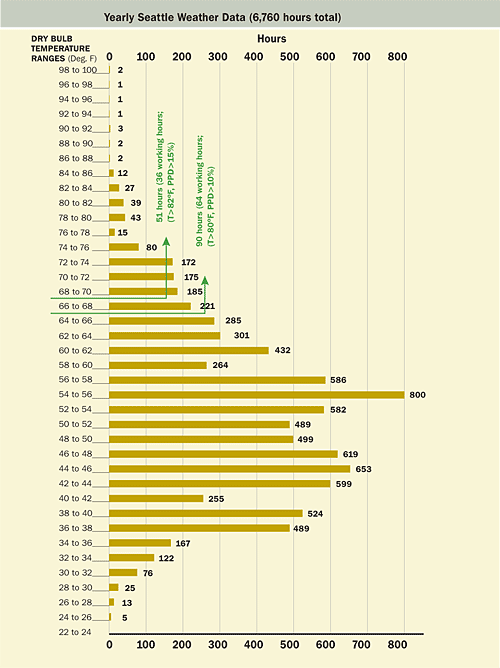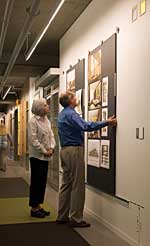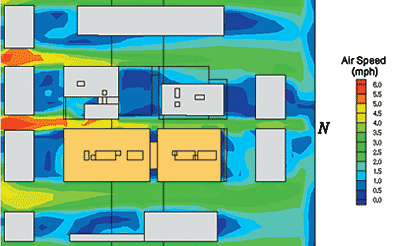Getting Aggressive About Passive Design
Model behavior
William McDonough + Partners developed a similar scheme as that at NBBJ for a mixed-use office project in Barcelona, with manually operable windows that allow cool air to filter into a central atrium and then exhaust through the roof. The architects produced a user's manual for the building, now under construction, explaining the role each occupant would play in how the building functions. John Easter, a director at McDonough, says the busy Barcelona streets surrounding the project certainly produce problems with indoor air quality and noise-two of the chief complaints of natural ventilation-but the city's commitment to reducing pollution should help in the long run. "There are times with heavy traffic where they will need to close up the building, but it's a system the tenants monitor and will have to adapt to," he says.
|
|
The term "risk" pops up frequently in discussions of natural ventilation and unconventional building systems. Matt Herman, an energy-modeling consultant with Buro Happold's New York office, worked on the McDonough project. He says the emergence of better performance-based analysis tools has instilled engineers with more confidence. After typical building energy modeling, or thermal analysis, is complete, Herman usually embarks on creating an airflow network. This relatively simple analysis, which he performs using the IES Virtual Environment software, models bulk air transfer around and through a building across an entire year. An airflow network primarily yields graphs that compare indoor to outdoor air temperatures throughout a year. It takes into account materials, solar obstructions, internal heat loads, and occupancy. Although it takes time to set up, running the program can take a few minutes to a few hours. A CFD model, on the other hand, can take days to calculate and, while it produces a high level of information about airflow, its data accounts for only one specific instance in time, usually a worst-case situation.
|
||||












